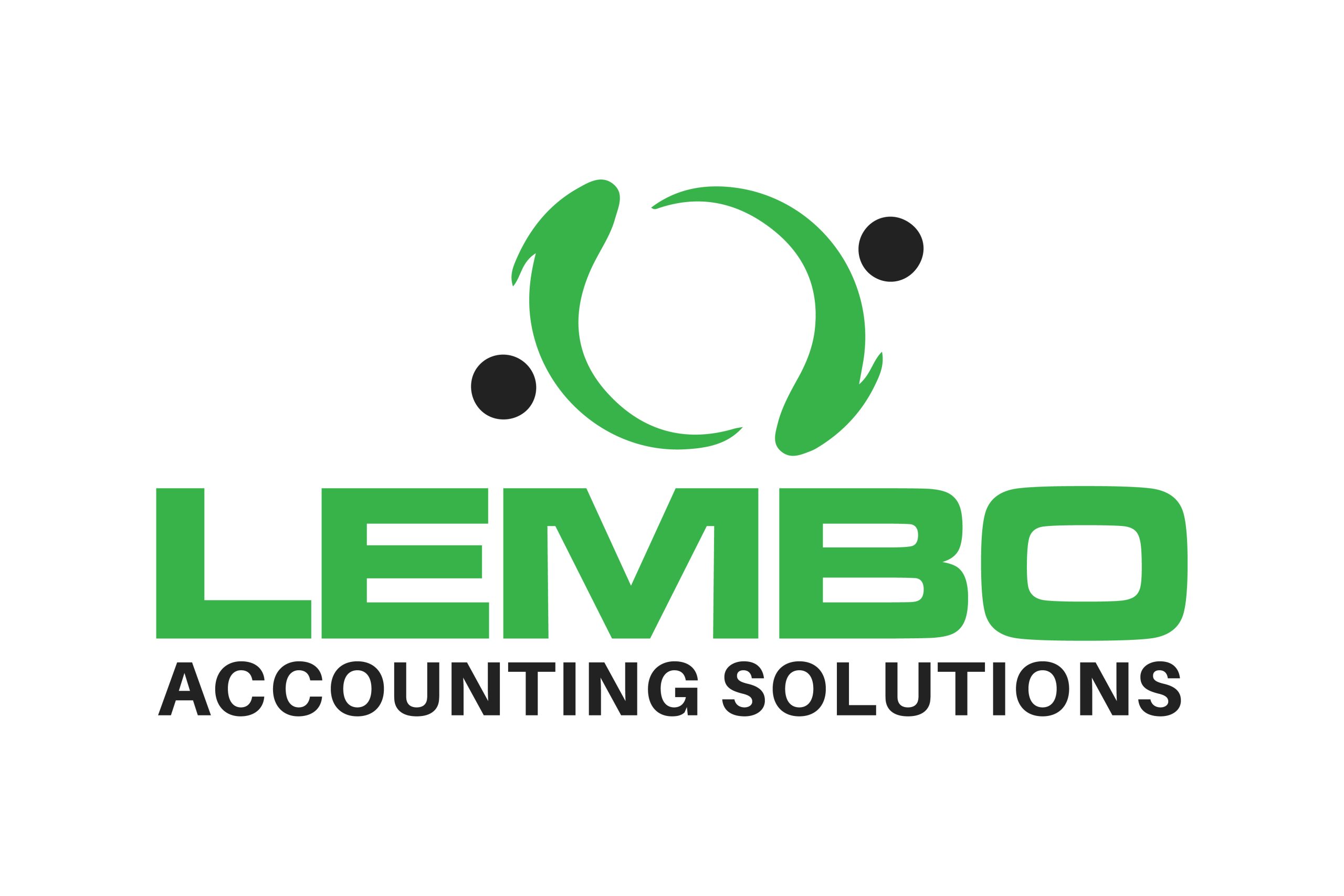Here’s a polished Tax Update you can send out to business owners, breaking down the tax treatment of vehicles in a way that’s professional yet easy to digest:
🚗 Tax Tips for Business Owners: Vehicle Deductions & Strategies
Business vehicles can be powerful tax-saving tools—but only if they’re handled correctly. Here are some key rules and strategies every business owner should know:
1. Ownership Matters
- Title in Business Name: If the business owns the vehicle (title/loan in the business), expenses may be deducted directly by the business.
- Personally Titled Vehicles: If the car is in your personal name but used for business, you may still deduct expenses, but deductions must be based on business use percentage.
2. Two Deduction Methods
You generally have two choices for deducting vehicle costs:
🔹 Standard Mileage Rate
- For 2025, the IRS rate is 67 cents per mile (business use only).
- Simple to track, especially for vehicles with mixed personal and business use.
🔹 Actual Expense Method
- Deduct actual costs (gas, maintenance, insurance, depreciation, lease payments, etc.).
- Must track business vs. personal usage with a mileage log.
- Often better for larger vehicles or high-expense vehicles.
3. Depreciation Rules
- Vehicles used more than 50% for business may qualify for Section 179 and Bonus Depreciation.
- “Luxury Auto Limits” apply to passenger vehicles, capping annual depreciation.
- Larger vehicles (over 6,000 lbs. GVWR, like SUVs and trucks) may allow for bigger deductions.
4. Leased Vehicles
- Deduct lease payments based on business use percentage.
- Watch for inclusion amounts on higher-value vehicles (IRS adjustment reducing your deduction).
5. Documentation is Key
- Keep a contemporaneous mileage log (apps like MileIQ or QuickBooks can automate this).
- Note date, destination, business purpose, and miles driven.
- Without records, deductions can be denied if audited.
6. Personal Use Trap
- Commuting miles (home → office) are not deductible.
- Only business-related trips (client visits, supply runs, off-site meetings, etc.) qualify.
6. Personal Use Tax and Documentation
- Fringe benefit is any form of compensation given to an employee by an employer in additional to the employee’s regular wages or salary. Employees personal use of vehicles are considered a fringe benefit (assuming company owns vehicle)
- If your employees take a company car or truck home, that is considered a fringe benefit. The value of that personal use must be reported as taxable wages on their W-2. Employers/business owners do have the option of grossing up employee wages (incurring the tax burden) when adding these to the W-2.
- There are 4 approaches to valuing the amount that should be included in employees checks related to personal use of the autos. To ensure the highest tax deduction, track mileage closely and denote what miles are business and what miles are personal. Keep a detailed log.
- Ensure all drivers are tracking their mileage using a free tool (ie: MileIQ). If mileage is not tracked between business and personal, ALL MILEAGE DRIVEN WE BE TAXABLE TO THE EMPLOYEE. ENSURE YOUR EMPLOYEES TRACK THEIR MILEAGE EVERYDAY!
- Partnerships should be following the mileage tracking and using the deduction on your 1040 Individual return, unreimbursed Partnership Expenses.
✅ Takeaway for Business Owners:
The right strategy depends on how your vehicle is owned, how much it’s used for business, and whether mileage or actual costs provide the bigger deduction. Careful planning and documentation can save thousands in taxes each year.



